Student engagement is a crucial factor in academic success and fostering a love for lifelong learning. Engagement inspires students to practice and acquire the skills they need to succeed in and outside of the classroom. Research has demonstrated that engaged students tend to achieve higher academic performance, exhibit better retention rates, and cultivate strong communication skills. However, without adequate support and resources, students may become disinterested, or frustrated along the way. Through the implementation of interactive and hands-on activities and strategies, educators can create dynamic and meaningful learning experiences that ignite curiosity, promote self-discovery, and ultimately enhance academic achievement and success.
Constructivist Learning Theory
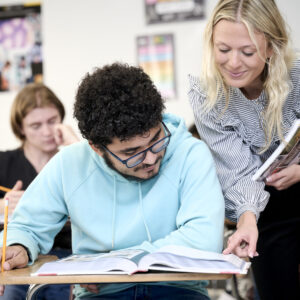 The foundation of effective student engagement lies in several key educational theories, most notably Jean Piaget, Lev Vygotsky, and John Dewey. Each theorist offers a unique perspective on students’ learning and what drives their engagement. Piaget’s constructivist learning theory posits that children construct their understanding and knowledge of the world through experiences and reflecting on those experiences. According to Piaget, learning is a process of active discovery, where students assimilate new information and accommodate it within their existing cognitive structures (Piaget, 1972; Smith 1996).
The foundation of effective student engagement lies in several key educational theories, most notably Jean Piaget, Lev Vygotsky, and John Dewey. Each theorist offers a unique perspective on students’ learning and what drives their engagement. Piaget’s constructivist learning theory posits that children construct their understanding and knowledge of the world through experiences and reflecting on those experiences. According to Piaget, learning is a process of active discovery, where students assimilate new information and accommodate it within their existing cognitive structures (Piaget, 1972; Smith 1996).
Vygotsky’s sociocultural theory complements Piaget’s work by highlighting the critical role of social interaction in cognitive development. He introduced the concept of the Zone of Proximal Development (ZPD), which refers to the difference between what a learner can do independently and what they can achieve with guidance and collaboration. Vygotsky argued that learning is inherently social and that students learn best through interaction with more knowledgeable peers and adults (Vygotsky, 1978).
Experiential Learning and Education
Dewey’s educational philosophy centers on the idea that education should be grounded in real-life tangible experiences. Dewey believed that education should not only transmit knowledge but also cultivate critical thinking and problem-solving. His philosophy emphasized reflective thinking which aligns closely with the goals of active learning strategies such as mini labs and project-based learning (Dewey, 1938).
Self-Determination Theory
According to the Self-Determination Theory, proposed by Edward Deci and Richard Ryan (2000), students are more motivated and engaged when their basic psychological needs for autonomy, competence, and relatedness are met. Throughout National Geographic Learning curriculum, active learning strategies such as those advocated by Piaget, Vygotsky, and Dewey can fulfill these needs by providing students with meaningful learning experiences, challenging tasks, and opportunities for collaboration and self-discovery.
Active Learning Strategies Examples
MiniLabs
Minilabs are short, focused laboratory sessions within National Geographic Learning’s Science curriculum that provide students the opportunity to engage in hands-on experimentation and problem-solving. These labs provide an opportunity for students to apply theoretical knowledge in a practical setting, promoting active learning and critical thinking, both of which have been proven to enhance overall student engagement. For example, a study by Smith et al. (2020) found that students participating in Minilabs demonstrated higher levels of engagement and improved conceptual understanding compared to those in traditional lecture-based settings.

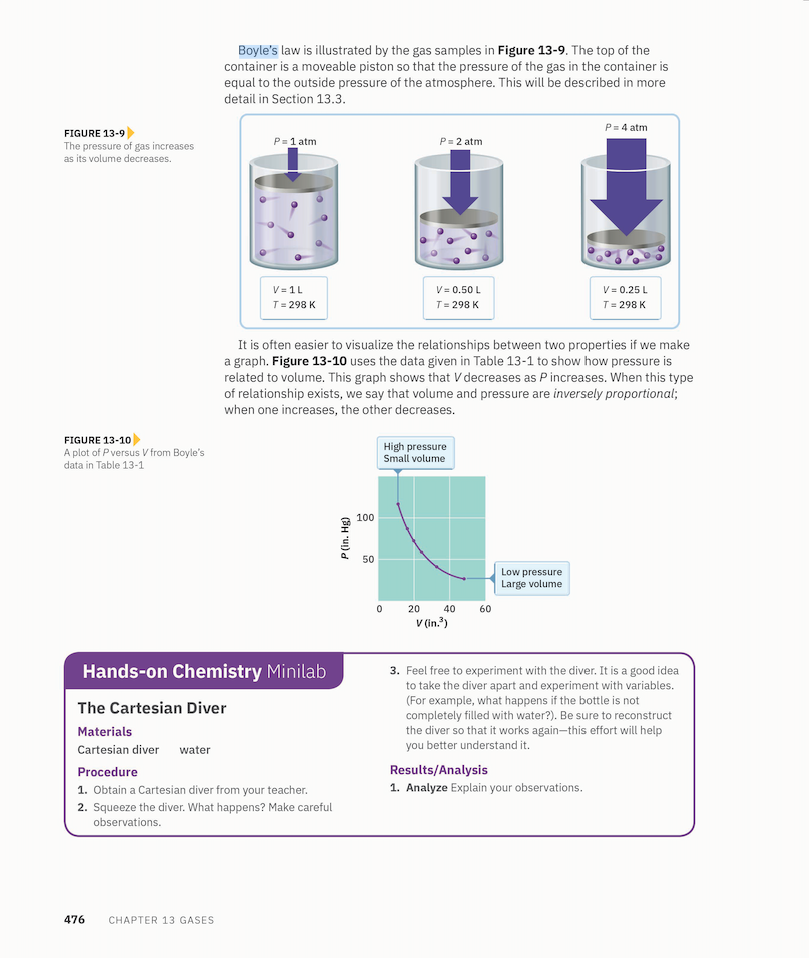
Project-Based Learning (PBL)
Project-based learning involves a systematic approach that engages students in learning through an extended, student-influenced inquiry process that is structured around complex, authentic questions and carefully designed projects. Project-based learning and cross-curricular projects encourage students to connect themes to their own lives and other content areas like math, reading, and science.
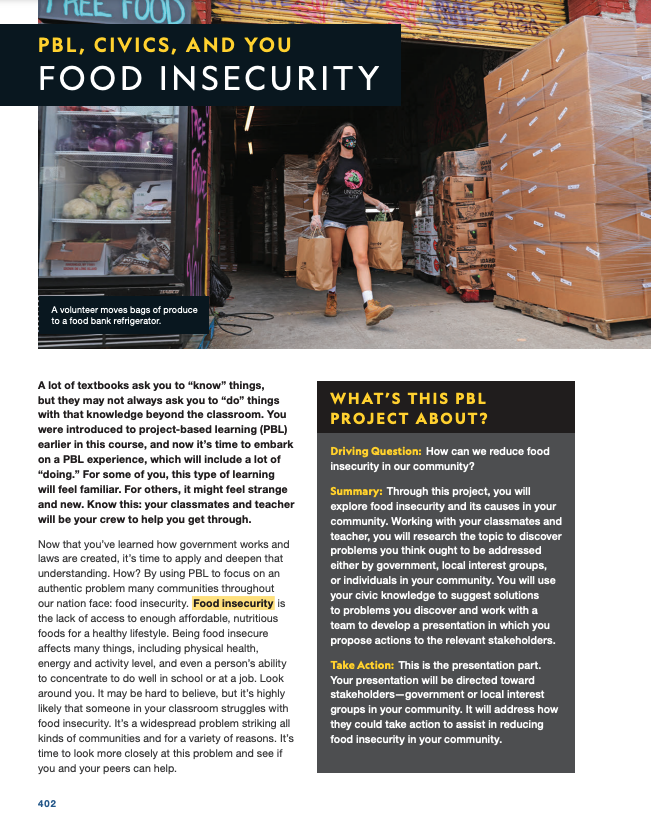
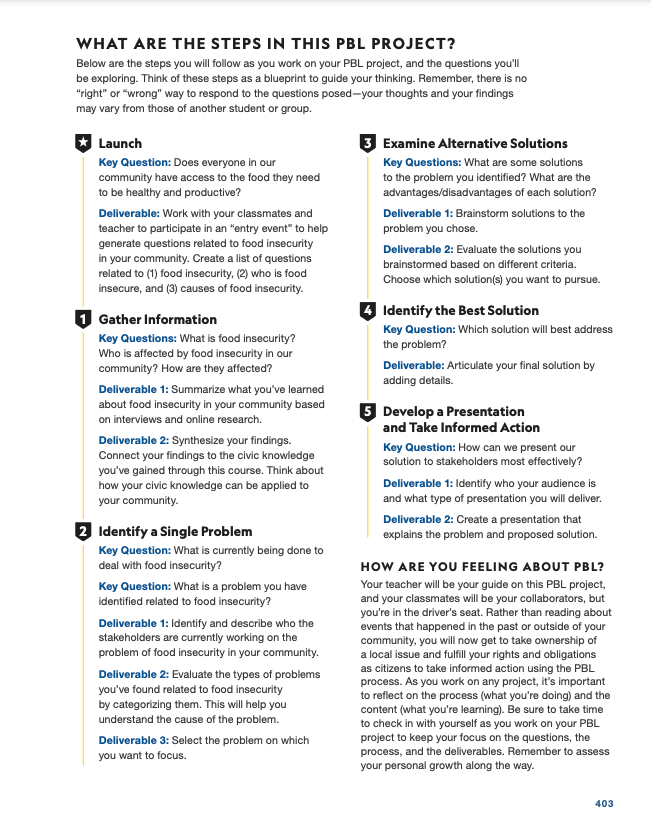
Flipped Classrooms
The flipped classroom model reverses traditional teaching methods by delivering instructional content online outside of class and using classroom time for interactive activities. This model allows students to engage with lecture material at their own pace and frees up class time for more interactive, collaborative activities. Research indicates that flipped classrooms can increase student engagement and provide more opportunities for personalized learning. A meta-analysis by Bishop and Verleger (2013) found that students in flipped classrooms reported higher levels of engagement and performed better on assessments compared to those in traditional classrooms.
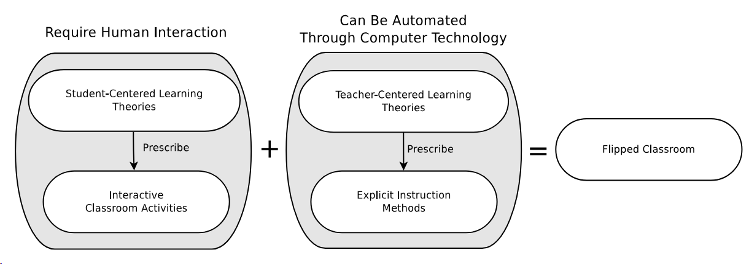
Collaborative Learning
The method of collaborative learning enhances communication skills and helps students learn from each other, promoting a deeper understanding of the material. Collaborative learning activities, such as group projects, peer reviews, and discussions, encourage students to articulate their ideas and consider different perspectives. Johnson and Johnson (1999) found that cooperative learning strategies lead to higher achievement, greater retention, and a positive attitude toward learning.
The NGL Approach to Student Engagement for ALL Learners
National Geographic Learning curriculum incorporates strategies for active and inquiry-based learning that inspire students and their understanding of complex concepts and ideas. Educators can implement active learning strategies by incorporating lessons such as Minilabs in their science classroom or by including a project-based learning unit in a history course. National Geographic Learning Science curriculum and resources guide student inquiry with lessons that explore project-based learning and promote creative problem-solving and critical thinking skills.
Within NGL Social Studies curriculum students can explore powerful visuals that deepen their understanding and increase their retention of historical details. Visual literacy promotes deeper connections to the materials and helps strengthen communication skills.
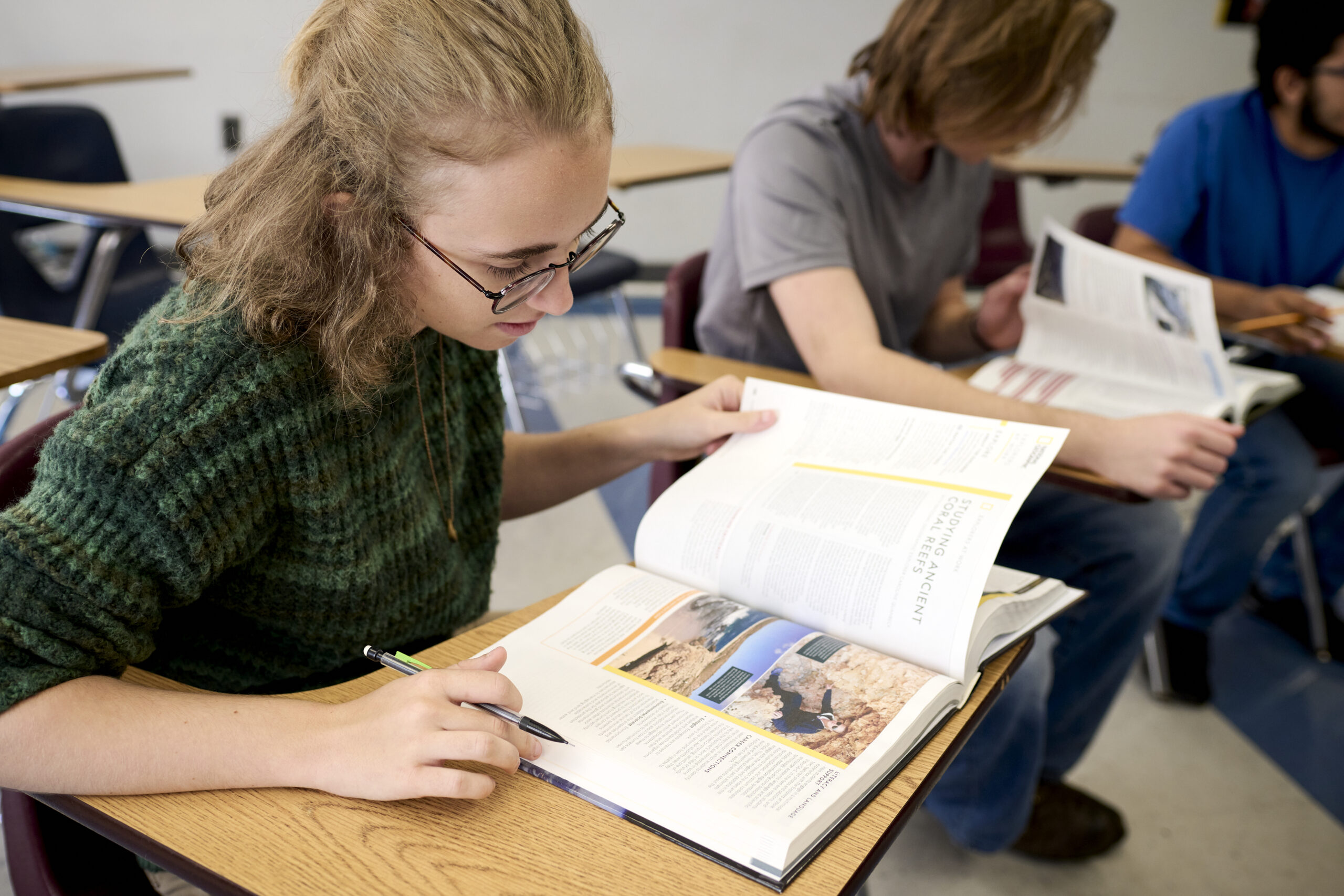
Conclusion
The implementation of hands-on projects, project-based learning, flipped classrooms, and collaborative learning strengthens students’ critical thinking skills and improves their problem-solving abilities. With a comprehensive approach and differentiation support aligned with state, industry, and Advanced Placement® standards, National Geographic Learning empowers educators to effectively implement these strategies. By integrating these methods into their teaching practices, educators can foster an environment that nurtures critical thinking and enhances students’ learning.
References
Bishop, J. L., & Verleger, M. A. (2013). The Flipped Classroom: A Survey of the Research. ASEE National Conference Proceedings, Atlanta, GA. https://doi.org/10.18260/1-2–22585.
Deci, E. L., & Ryan, R. M. (2000). The “What” and “Why” of Goal Pursuits: Human Needs and the Self-Determination of Behavior. Psychological Inquiry, 11(4), 227–268. https://doi.org/10.1207/S15327965PLI1104_01.
Dewey, J. (1938). Experience and Education. Macmillan.
Johnson, D. W., & Johnson, R. T. (1999). Learning together and alone: Cooperative, competitive, and individualistic learning. Allyn & Bacon.
Piaget, J. (1972). Intellectual evolution from adolescence to adulthood. Human Development, 15(1), 1–12. https://doi.org/10.1159/000271225.
Smith, L. (1996). Critical readings on Piaget. Routledge. https://doi.org/10.4324/9780203435854
Smith, K. A., Sheppard, S. D., Johnson, D. W., & Johnson, R. T. (2020). Pedagogies of engagement: Classroom-based practices. Journal of Engineering Education, 94(1), 87-101. https://doi.org/10.1002/j.2168-9830.2005.tb00831.x.
Spreitzer, G.M. & Porath, C. (2014) Self-determination as a nutriment to thriving: Building an integrative model of human growth at work. In M. Gagnâe, The Oxford handbook of work engagement, motivation, and self-determination theory (pp. 245-258). Oxford University Press.
Thomas, J. W. (2000). A review of research on project-based learning. Autodesk Foundation. Retrieved from https://tecfa.unige.ch/proj/eteach-net/Thomas_researchreview_PBL.pdf.
Vygotsky, L.S. (1978). Interaction between learning and development. In M. Gauvain & M. Cole (Eds.), Readings on the development of children (pp. 29-36). W.H. Freeman and Company. New York.
